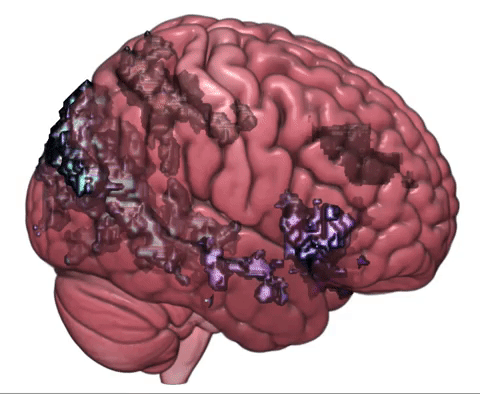Let's Learn How to Better Help Survivors Immediately After a Suicide Loss
The Survive Together study presents an opportunity for suicide loss survivors to contribute to our mission of helping people grieving suicide. We are looking for people who have lost a loved one to suicide within the past five months. You can participate even if you do not live near NYC. If interested, please contact schneck@nyspi.columbia.edu for further details.
Why Are We Conducting This Study?
In 2016, nearly 45,000 people died by suicide in the Unites States alone. For each suicide, somewhere between six and 20 family and friends are affected. Every year around one to three quarter million people are touched by suicide. Despite this growing need, there remains much to be learned about how people bereaved by suicide can grow and recover in the wake of a loss.
During the acute stages of grief (i.e. less than six-months post loss) habits and tendencies relating to how a person thinks and feels about the loss develop. These mental habits can set the course for the rest of the grieving process. As a result, this represents a critical time period in which to develop a potential intervention.
For this reason, the Survive Together research study at the New York State Psychiatric Institute/Columbia University Department of Psychiatry seeks to understand the thoughts, feelings and brain-responses that occur during acute grieving which promote long-term growth and wellness. This knowledge will serve as the basis for a treatment strategy aimed at helping people grow and thrive in the wake of their loss.
What Can You Do?
The Survive Together study presents an opportunity for suicide loss survivors to contribute to our mission of helping people grieving suicide. We are looking for people who have lost a loved one to suicide within the past five months. You can participate even if you do not live near NYC. If interested, please contact schneck@nyspi.columbia.edu for further details.
How Does This Work?
The human brain is equipped with resilience tools that help a person grow and thrive after painful events. However, not all people are able to respond to painful events in this way, and sometimes the pain is too overwhelming. Survive Together aims to identify the resilience tools that help people adapt and grow in the wake of a suicide loss, using a brain imaging technique called functional magnetic resonance brain imaging (fMRI). By identifying the brain’s resilience tools for dealing with suicide-loss, we will be able to develop treatment techniques to help people use their brain more effectively to find wellness, meaning and growth after losing a loved one to suicide.
Please note: This study is recruiting until 2023, however participation is only possible within five months after loss.

Lead image provided by contributor

